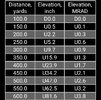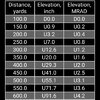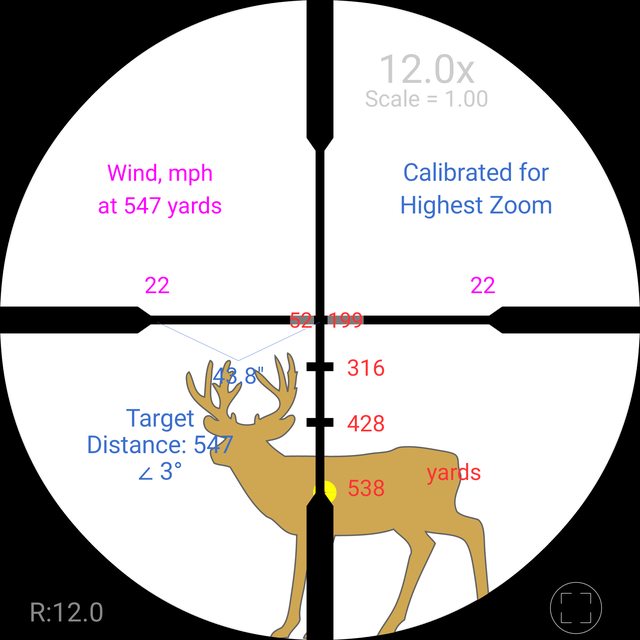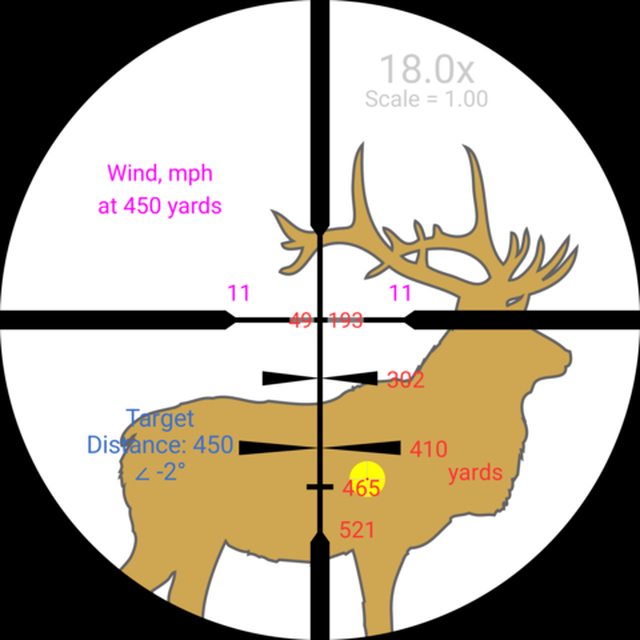They are close enough for most modern cartridges firing pointed bullets. If you're MV is under about 3000 fps then zero at 100 yards and you'll be within 1-2" using the hash marks at 200, 300, 400 and 500. If your MV is 3000+ then zero at 200 and you'll be close enough to use the hash marks at 300, 400, 500 and 600.
Unless you and your rifle are capable of 1" groups at 500-600 yards. In that case twisting dials is more precise, but scopes with multiple aiming points is faster and better IMO for hunting. It takes a pretty good rifle, load, and shooter to shoot 3" groups as 300 yards. Being off by 1-2" is within the margin of error for big game hunting.
You still need to get to the range and see exactly where your bullets are impacting on paper. It helps to take notes and even create a cheat sheet that can be taped to the stock.
Keep in mind that even if your scope and load are perfectly calibrated; in the real world you almost never shoot at a game animal at EXACTLY 200, 300, 400, or 500 yards. It may be 215, 295, 463, or 505 yards. You're still going to have to use a bit of hold over or hold under. That's why you still have to shoot at the range so you'll know.





